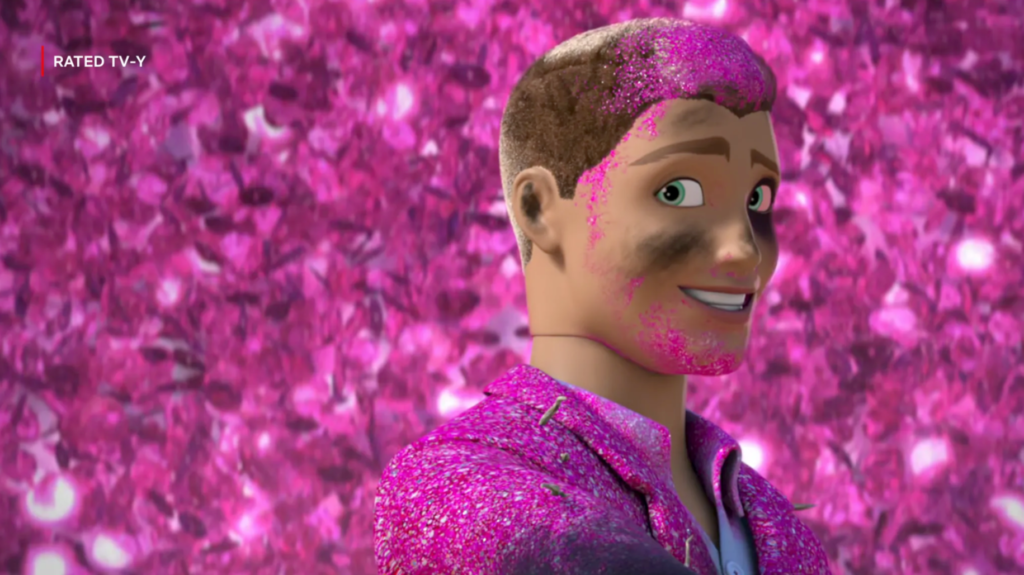Until I read this Verge article, I had assumed that video codecs were a boring affair. In my mind, every few years, the industry would get together and come up with a new standard that promised better compression and better quality for the prevailing formats and screen types and, after some patent licensing back and forth, the industry would standardize around yet another MPEG standard that everyone uses. Rinse and repeat.
The article was an eye-opening look at how video streamers like Netflix are pushing the envelope on using video codecs. Since one of a video streamer’s core costs is the cost of video bandwidth, it would make sense that they would embrace new compression approaches (like different kinds of compression for different content, etc.) to reduce those costs. As Netflix embraces more live streaming content, it seems they’ll need to create new methods to accommodate.
But what jumped out to me the most was that, in order to better test and develop the next generation of codec, they produced a real 12 minute noir film called Meridian (you can access it on Netflix, below is someone who uploaded it to YouTube) which presents scenes that have historically been more difficult to encode with conventional video codecs (extreme lights and shadows, cigar smoke and water, rapidly changing light balance, etc).
Absolutely wild.
While contributing to the development of new video codecs, Aaron and her team stumbled across another pitfall: video engineers across the industry have been relying on a relatively small corpus of freely available video clips to train and test their codecs and algorithms, and most of those clips didn’t look at all like your typical Netflix show. “The content that they were using that was open was not really tailored to the type of content we were streaming,” recalled Aaron. “So, we created content specifically for testing in the industry.”
In 2016, Netflix released a 12-minute 4K HDR short film called Meridian that was supposed to remedy this. Meridian looks like a film noir crime story, complete with shots in a dusty office with a fan in the background, a cloudy beach scene with glistening water, and a dark dream sequence that’s full of contrasts. Each of these shots has been crafted for video encoding challenges, and the entire film has been released under a Creative Commons license. The film has since been used by the Fraunhofer Institute and others to evaluate codecs, and its release has been hailed by the Creative Commons foundation as a prime example of “a spirit of cooperation that creates better technical standards.”

Inside Netflix’s Bet on Advanced Video Encoding
Janko Roettgers | The Verge

Leave a Reply